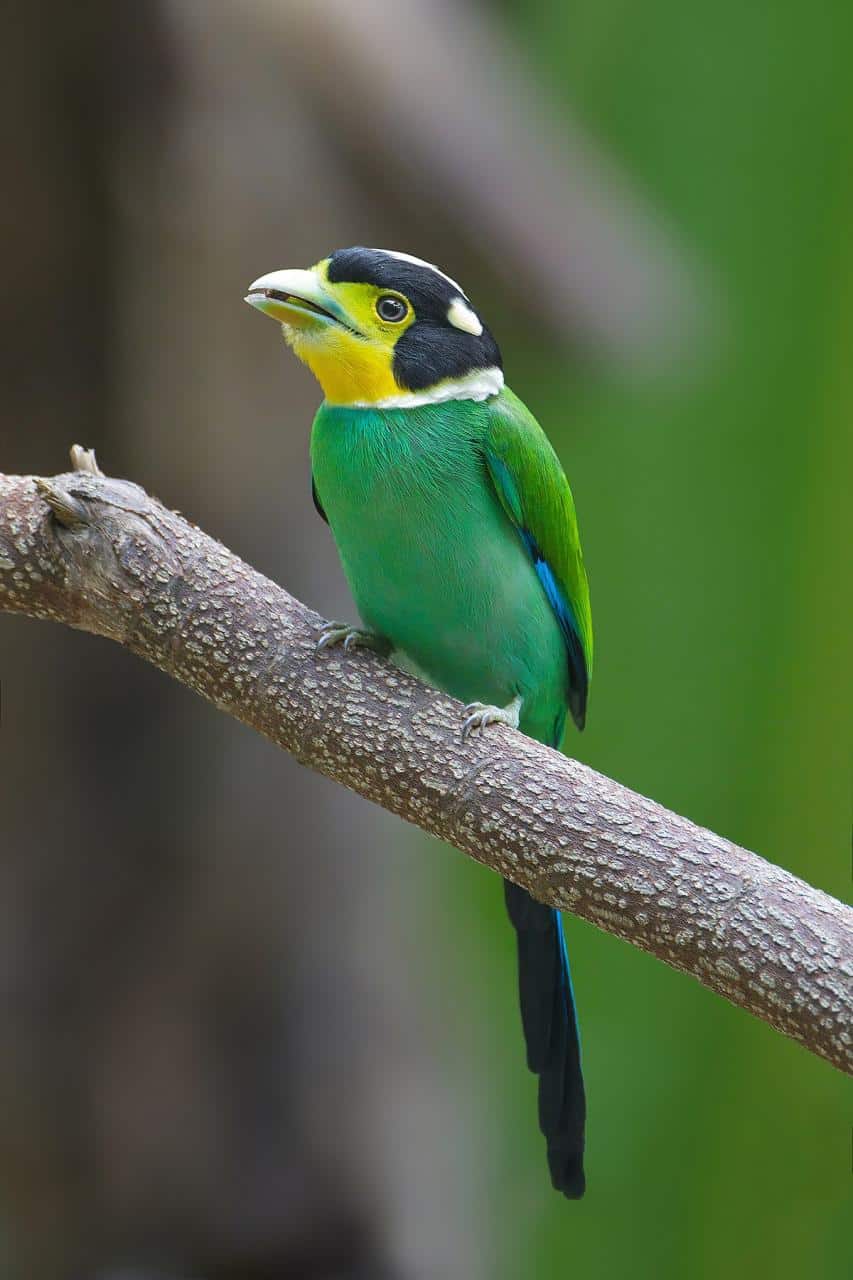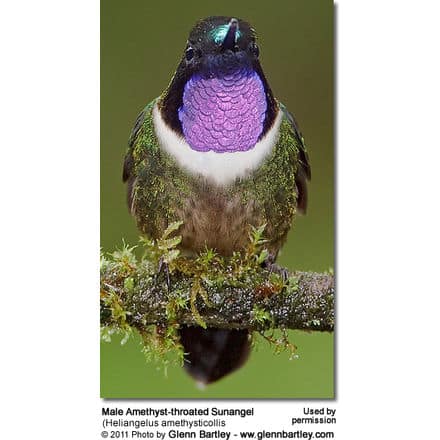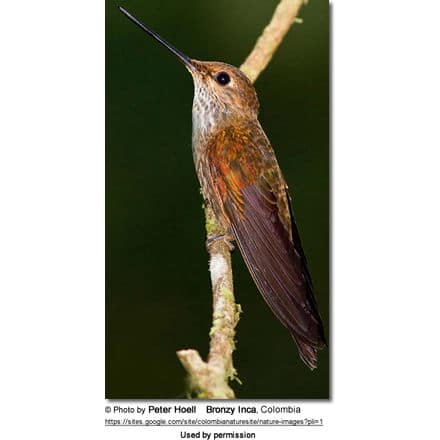Broadbills
Broadbills (Eurylaimidae)
The broadbills are a family of small perching birds, Eurylaimidae.
- The Smithornis and Pseudocalyptomena species occur in sub-Saharan Africa.
- The others extend from the eastern Himalayas to Sumatra and Borneo.
- The family possibly also includes the Sapayoa from the Neotropics and the asities from Madagascar.
Description
Many of the broadbill are brightly coloured birds. They range from 13 to 28 centimetres in length, and live in the dense canopies of wet forests, allowing them to hide despite their brightly coloured plumage. The plumage of the three African broadbill in the genus Smithornis is in contrast dull and streaked. The bills, which give the family their common name, are broad, flat and hooked.
Behaviour
The broadbill are for the most part insectivorous and carnivorous. Prey taken include insects, spiders, centipedes and millipedes, as well as lizards and tree frogs. Prey is obtained by sallying from a perch to snatch it in flight, and gleaning the prey off leaves and branches while flying. Some species may take some fruit, but only the green broadbill of the genus Calyptomena and the African Green Broadbill are primarily frugivores (which also take some insects as well).
They are generally gregarious, with many species moving about in flocks of about 20 individuals. Broadbill attach their purse-shaped nests to suspended vines, and leave a tail of fibres hanging below it. This gives the nest the appearance of being random debris caught in the tree, an effect further enhanced by the birds covering the nest with lichen and spider webs. Broadbill typically lay two to three eggs.
There are five subfamilies of broadbills:
- Subfamily: Sapyornithinae (probably better considered a distinct family)
- Genus: Sapayoa
- Sapayoa, Sapayoa aenigma
- Genus: Sapayoa
- Subfamily: Smithornithinae – typical African broadbills
- Genus: Smithornis
- African Broadbill, Smithornis capensis
- Grey-headed Broadbill, Smithornis sharpei
- Rufous-sided Broadbill, Smithornis rufolateralis
- Genus: Smithornis
- Subfamily: Pseudocalyptomeninae
- Genus: Pseudocalyptomena
- Grauer’s Broadbill, Pseudocalyptomena graueri
- Genus: Pseudocalyptomena
- Subfamily: Calyptomeninae – Asian green broadbills
- Genus: Calyptomena
- Green Broadbill, Calyptomena viridis
- Hose’s Broadbill, Calyptomena hosei
- Whitehead’s Broadbill Calyptomena whiteheadi
- Genus: Calyptomena
- Subfamily: Eurylaiminae – typical Asian broadbills
- Genus Corydon
- Dusky Broadbill, Corydon sumatranus
- Black-and-red Broadbill, Cymbirhynchus macrorhynchos
- Banded Broadbill, Eurylaimus javanicus
- Black-and-yellow Broadbill, Eurylaimus ochromalus
- Wattled Broadbill, Eurylaimus steerii
- Visayan Broadbill, Eurylaimus samarensis
- Long-tailed Broadbill, Psarisomus dalhousiae
- Silver-breasted Broadbill, Serilophus lunatus
- Genus Corydon





